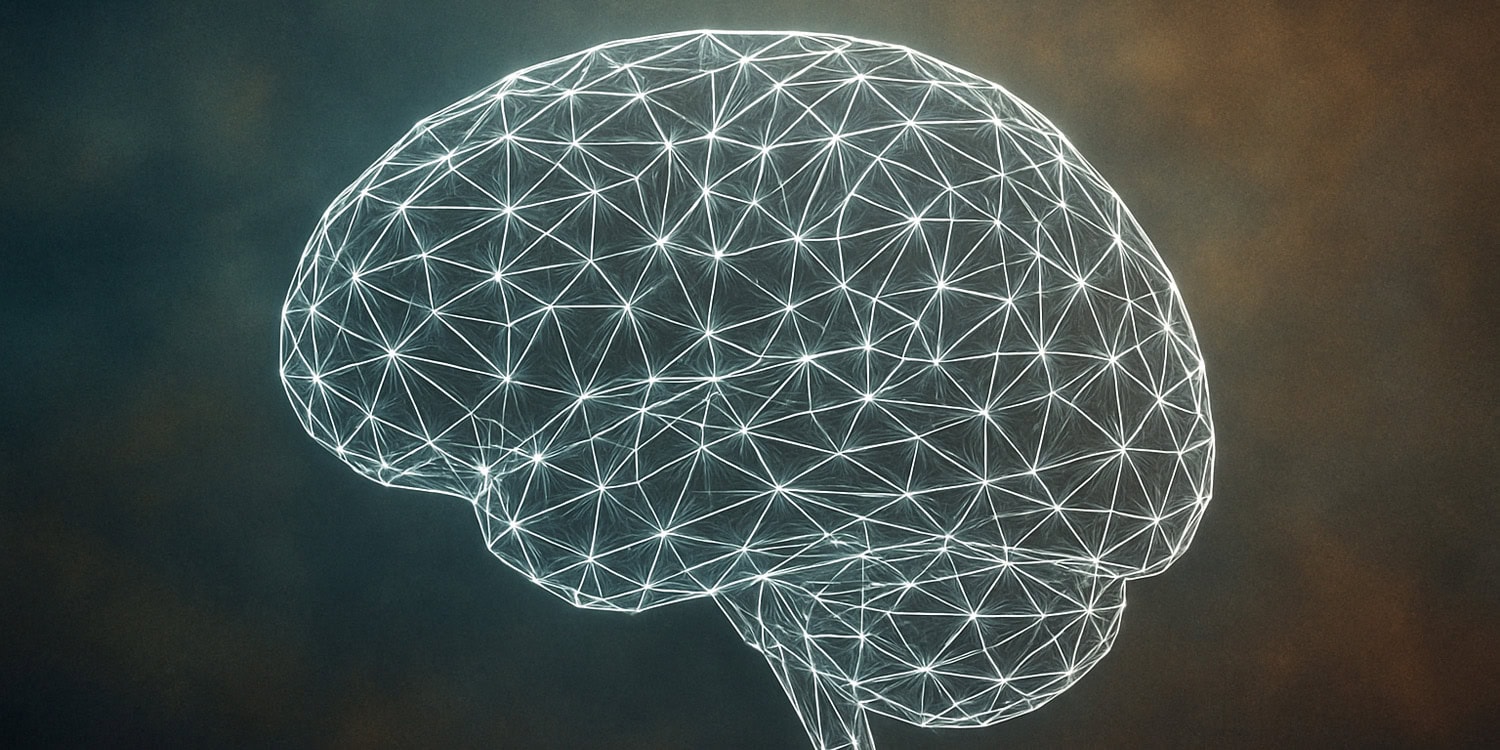
Neuroscience Links Psychopathic Traits to Unique Brain Networks
Researchers uncover how distinct brain networks and structural changes correlate with psychopathic traits, offering new insights into the neural mechanisms behind antisocial behavior and aggression.
Introduction
Psychopathic traits, characterized by impulsivity, aggression, and a lack of empathy, have long puzzled researchers. Recent neuroscience research has shed light on the brain networks associated with these behaviors, revealing unique patterns of connectivity and structural differences. These findings, published in journals like Biological Psychiatry: Cognitive Neuroscience and Neuroimaging, provide a deeper understanding of how psychopathic traits manifest at the neural level. This article explores the latest discoveries, their implications, and the future directions of this critical area of study.
The Science Behind Psychopathic Traits and Brain Networks
Structural Brain Connectivity
A study analyzing brain scans from 82 young adults identified distinctive patterns of structural connectivity in individuals with higher levels of psychopathic traits. Using connectome-based predictive modeling, researchers categorized these connections into two networks:
- Positive networks: Stronger connections associated with higher psychopathy scores.
- Negative networks: Weaker connections linked to higher psychopathy scores.
The positive network, involving pathways in the frontal and parietal lobes, was particularly effective at predicting psychopathic traits. For instance, a connection in the right hemisphere tied to emotion recognition was linked to both psychopathy and externalizing behaviors like aggression. Conversely, a connection in the left hemisphere related to attention control was associated with psychopathy and lower externalizing behaviors.
Functional Brain Networks
Another study using resting-state fMRI data from 123 young adults found that psychopathic traits are linked to increased communication between the brain’s default mode network (involved in social cognition and moral reasoning) and the central executive network (responsible for self-control and threat appraisal). This unusual connectivity pattern may interfere with normal cognitive functions, impacting decision-making and perspective-taking.
Brain Regions Associated with Psychopathic Traits
Gray Matter Volume Differences
Research involving 39 adult males diagnosed with psychopathy revealed significant gray matter reductions in key brain regions:
- Subcortical areas: Basal ganglia, thalamus, and basal forebrain.
- Cortical regions: Orbitofrontal and insular cortex.
These areas are crucial for emotion regulation, decision-making, and impulse control. Notably, higher scores on the “lifestyle and antisocial behavior” dimension of the Psychopathy Checklist were strongly associated with these volume reductions.
Functional Connectivity Patterns
Neuroscience research has also identified specific functional connectivity patterns linked to psychopathic traits:
- Limbic/paralimbic regions: Reduced connectivity in the amygdala and hippocampus.
- Default mode network: Dysfunction in areas like the posterior cingulate cortex and precuneus.
- Salience network: Increased connectivity in the dorsal anterior cingulate cortex and anterior insula.
These findings suggest that psychopathy involves both structural and functional abnormalities across multiple brain networks.
Behavioral Implications of Brain Network Dysfunction
Emotional and Social Processing
Psychopathic traits are often associated with deficits in emotional processing, such as reduced empathy and impaired moral decision-making. For example, individuals with psychopathy show diminished neural responses when imagining others in pain, indicating a lack of empathic processing.
Antisocial Behavior
The neural dysfunction observed in psychopathy may also contribute to antisocial behavior. Reduced connectivity in regions like the thalamus and posterior temporal lobe, along with impaired integration across brain networks, could explain the aggressive and rule-breaking behaviors often seen in individuals with psychopathic traits.
Limitations and Future Directions
While these findings provide valuable insights, researchers caution that there are still challenges to overcome:
- Interpretation of connectivity patterns: Debate remains around the significance of negative functional connections.
- Developmental factors: More longitudinal studies are needed to understand how these brain networks evolve over time.
- Environmental influences: Future research could explore how genetics and environmental factors interact to shape these neural patterns.
Conclusion
The neuroscience research linking psychopathic traits to unique brain networks marks a significant step forward in understanding the biological underpinnings of antisocial behavior and aggression. By uncovering the structural and functional differences in the brains of individuals with psychopathy, scientists are paving the way for more targeted interventions and treatments. As this field continues to evolve, it promises to deepen our understanding of the complex interplay between brain and behavior.
For more insights into the fascinating world of neuroscience, explore our related article: Unlocking Early Psychosis Secrets: How Grip Strength Links to Brain – Neuroscience.





.png?width=1200&height=630&fit=crop&enable=upscale&auto=webp)
